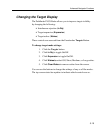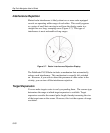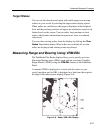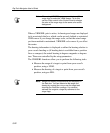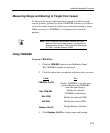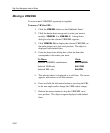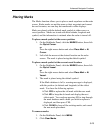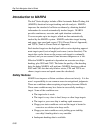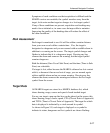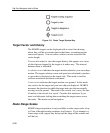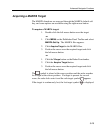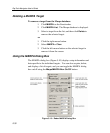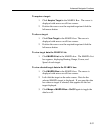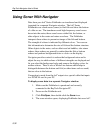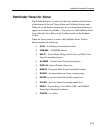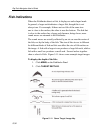
Advanced Navigator Functions
5-27
Symptoms of such conditions are that acquisition is difficult and the
MARPA vectors are unstable; the symbol wanders away from the
target, locks onto another target or changes to a lost target symbol.
If any of these conditions are present, acquisition and tracking may
need to be re-initiated or, in some cases be impossible to maintain.
Improving the quality of the heading data will reduce the effect of
the other conditions.
Risk Assessment
Each target is monitored to see if it will be within a certain distance
from your own vessel within a certain time. If so, the target is
designated as dangerous and you are warned with an audible alarm in
addition to a warning on the screen. The target symbol changes and
flashes to indicate that it is a dangerous target. Pressing any key
silences the alarm and removes the warning, but the target symbol
remains dangerous.
Both the distance (Own Vessel Safe Zone) and the time (Time to Safe
Zone) are selectable.
If a target is lost, either because the MARPA software has lost contact
with it, or because it has moved out of range, you are warned, again
with an audible alarm and an on-screen warning. Pressing any key
silences the alarm, removes the warning and removes the lost target
symbol from the screen.
Target Data
All MARPA targets are stored in a MARPA database list, which
shows bearing, range, course and speed of each tracked target.
For any one target a pop-up data box can be placed on the screen, this
shows bearing, range, course, speed, CPA (Closest Point of Approach)
and TCPA (Time to Closest Point of Approach). The target for which
data is displayed is indicated by a circle around its symbol.
As shown in Figure 5-9, each target is displayed as a symbol to
indicate its status, dangerous and lost symbols are shown flashing:



